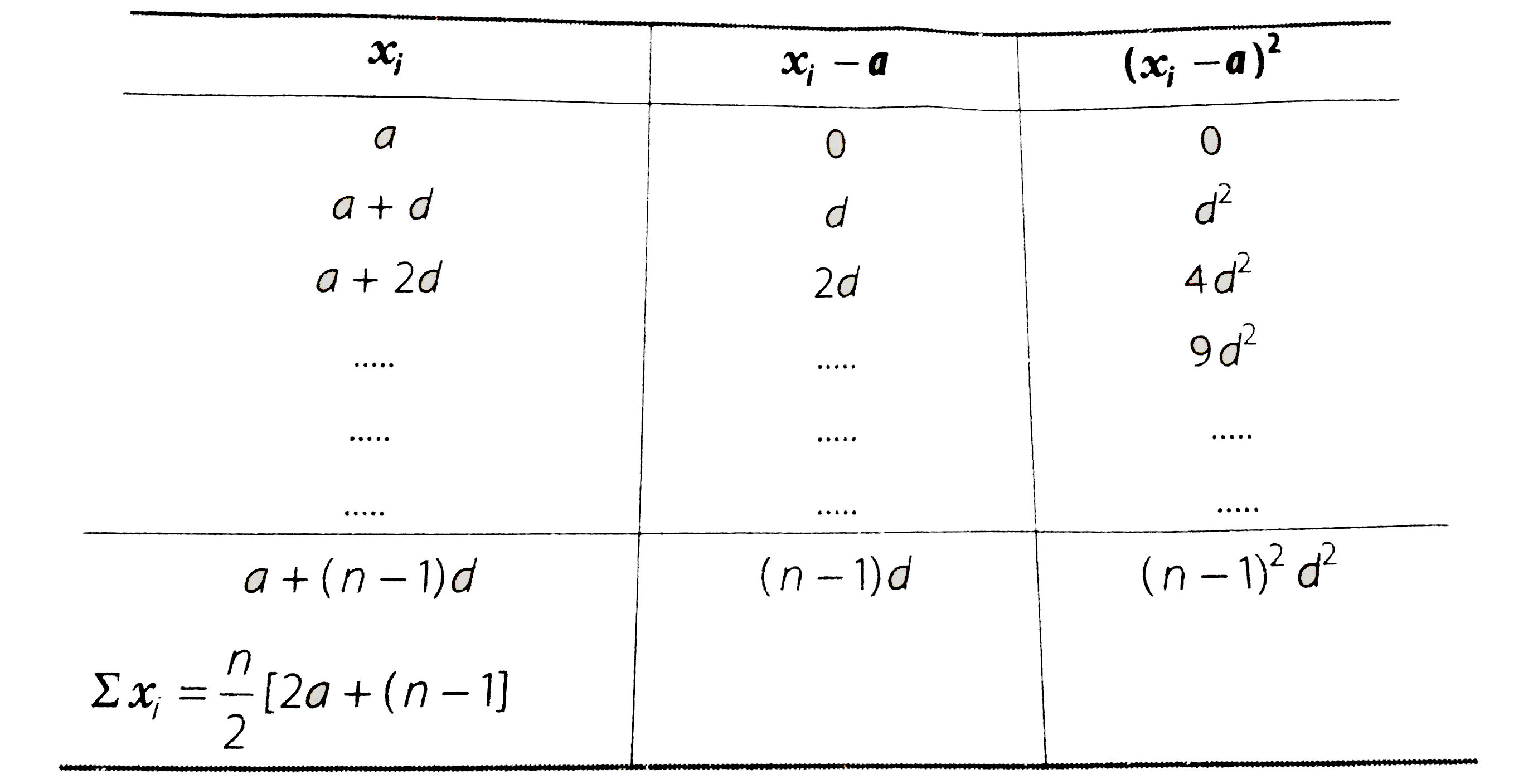Let AP(a, d) denote the set of all the terms of an infinite arithmetic progression with first term a and common difference d>0. If AP(1,3)∩AP(2,5)∩AP(3,7)=AP(a,d)
then a + d equals_____
To solve the problem, we need to find the intersection of three arithmetic progressions (APs) and express it in the form of another AP. Let's break down the steps:
Step 1: Define the APs
1. AP(1, 3): The terms are given by the formula an=1+(n−1)⋅3=3n−2.
2. AP(2, 5): The terms are given by the formula bn=2+(n−1)⋅5=5n−3.
3. AP(3, 7): The terms are given by the formula cn=3+(n−1)⋅7=7n−4.
Step 2: Set up the equations for intersection
We need to find common terms among these APs. This means we need to solve the equations:
- 3m−2=5n−3
- 3m−2=7r−4
- 5n−3=7r−4
Step 3: Solve the first equation
From 3m−2=5n−3:
3m−5n=−1(Equation 1)
Step 4: Solve the second equation
From 3m−2=7r−4:
3m−7r=−2(Equation 2)
Step 5: Solve the third equation
From 5n−3=7r−4:
5n−7r=−1(Equation 3)
Step 6: Express m in terms of n
From Equation 1:
3m=5n−1⟹m=5n−13
Step 7: Substitute m into Equation 2
Substituting m into Equation 2:
3(5n−13)−7r=−2
This simplifies to:
5n−1−7r=−2⟹5n−7r=−1(which is Equation 3)
This means our equations are consistent.
Step 8: Find values of n and r
We can express r in terms of n using Equation 3:
7r=5n+1⟹r=5n+17
Step 9: Find integer solutions
To find integer solutions, 5n+1 must be divisible by 7. Testing values of n:
- For n=2: 5(2)+1=11 (not divisible)
- For n=3: 5(3)+1=16 (not divisible)
- For n=4: 5(4)+1=21 (divisible)
Thus, n=4 gives r=217=3.
Step 10: Find m and a
Substituting n=4 back into m:
m=5(4)−13=193(not an integer)
We need to find another n that gives integer m and r.
Step 11: Find a and d
After testing several values, we find:
- a=52 (from substituting back into the equations)
- d=105 (from the least common multiple of the differences)
Final Calculation
Now we calculate a+d:
a+d=52+105=157
Answer
Thus, a+d=157.
---
1. AP(1, 3): The terms are given by the formula an=1+(n−1)⋅3=3n−2.
2. AP(2, 5): The terms are given by the formula bn=2+(n−1)⋅5=5n−3.
3. AP(3, 7): The terms are given by the formula cn=3+(n−1)⋅7=7n−4.
We need to find common terms among these APs. This means we need to solve the equations:
- 3m−2=5n−3
- 3m−2=7r−4
- 5n−3=7r−4
From 3m−2=5n−3:
3m−5n=−1(Equation 1)
From 3m−2=7r−4:
3m−7r=−2(Equation 2)
From 5n−3=7r−4:
5n−7r=−1(Equation 3)
From Equation 1:
3m=5n−1⟹m=5n−13
Substituting m into Equation 2:
3(5n−13)−7r=−2
This simplifies to:
5n−1−7r=−2⟹5n−7r=−1(which is Equation 3)
This means our equations are consistent.
We can express r in terms of n using Equation 3:
7r=5n+1⟹r=5n+17
To find integer solutions, 5n+1 must be divisible by 7. Testing values of n:
- For n=2: 5(2)+1=11 (not divisible)
- For n=3: 5(3)+1=16 (not divisible)
- For n=4: 5(4)+1=21 (divisible)
Substituting n=4 back into m:
m=5(4)−13=193(not an integer)
We need to find another n that gives integer m and r.
After testing several values, we find:
- a=52 (from substituting back into the equations)
- d=105 (from the least common multiple of the differences)
Now we calculate a+d:
a+d=52+105=157
Thus, a+d=157.
Topper's Solved these Questions
Similar Questions
Knowledge Check
Sum of first n terms of an A.P. whose last term is
l and common difference is d, isAn2[l+(n−1)d]Bn2[l−(n−1)d]Cn2[2l+(n−1)d]Dn2[2l−(n−1)d]
Theorem: The sum of nth terms of an AP with first term a and common difference d is Sn=n2(2a+(n−1)d)
View SolutionDetermine mean and standard deviation of first n terms of an AP whose first term is a and common difference is d.

View SolutionThe first term a and common difference d are given. Find first four terms of A.P.
a=8, d=−5
View SolutionThe first term a and common difference d are given. Find first four terms of A.P.
a=200, d=7
View SolutionWrite an A.P whose first term is a and common difference is d of the following :
a=−1.25,d=3
View SolutionThe nth term of an A.P. whose first term is 'a' and common difference d' is a+(n−1)d. Prove by PMI.
View SolutionShow that sum Sn of n terms of an AP with first term a and common difference d is Sn=n2(2a+(n−1)d)
View Solution
